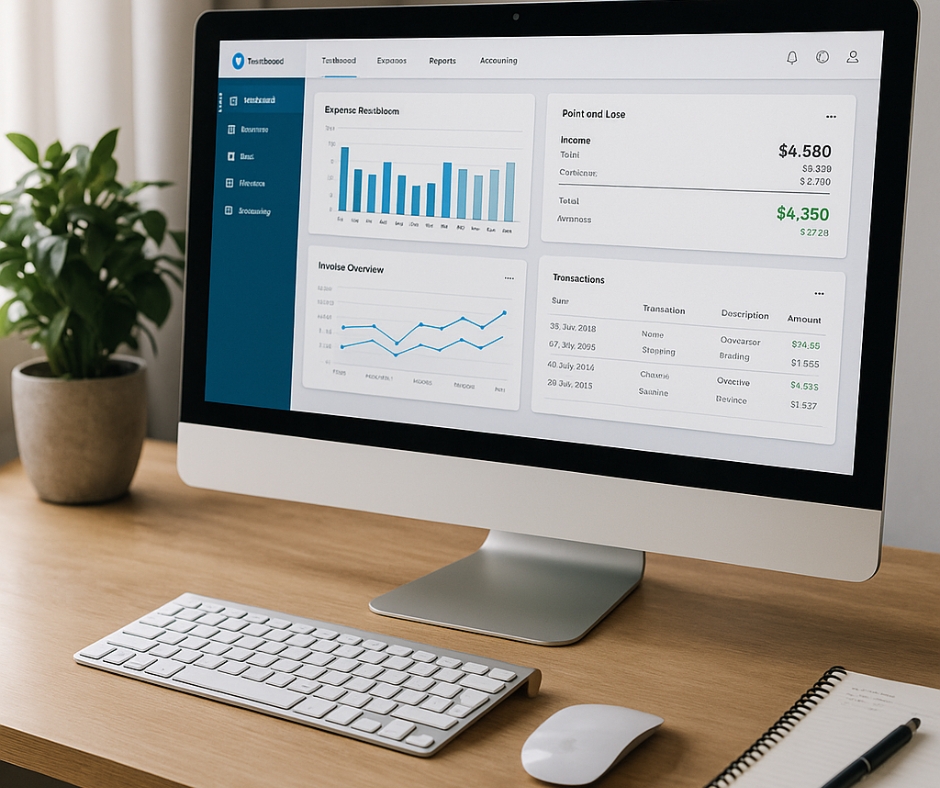Starting a business can be one of the most exciting and intimidating decisions you’ll ever make. For many aspiring founders, the question of how to finance your startup without venture capital is the first real test of their resourcefulness. While headlines often glamorize multi-million-dollar funding rounds, the truth is, not every business is built that way. Nor should it be.
Choosing to fund your startup without external investors isn’t just possible — it’s often a smarter, more sustainable path. This blog dives into a variety of accessible, real-world strategies that empower you to maintain control, reduce debt, and stay aligned with your mission.
Here’s how to finance your startup on your own terms.
1. Bootstrapping Basics: Grow From the Ground Up
Bootstrapping means starting and growing your business using your own resources, without outside capital. It’s the most grassroots approach to entrepreneurship — and often the most rewarding. This method requires you to be incredibly lean, strategic with every dollar, and obsessed with value creation.
In practice, this might mean you:
- Start with a minimum viable product (MVP)
- Delay hiring until absolutely necessary
- Use open-source or low-cost tools
- Handle multiple roles yourself until you can afford to delegate
Yes, it’s challenging. But the upside? You retain full ownership, full creative control, and you learn everything about your business inside and out. Think of bootstrapping as the training montage in your startup journey — tough, gritty, and character-building.
2. Crowdfunding Campaigns: Build Capital and Community Together
Crowdfunding isn’t just a way to raise money. It’s a way to validate your product, create buzz, and build your first community of brand advocates.
There are two primary types of crowdfunding:
- Rewards-based (Kickstarter, Indiegogo): People fund your campaign in exchange for products or perks.
- Equity-based (WeFunder, StartEngine): Supporters invest in exchange for a piece of your company.
Running a successful crowdfunding campaign takes work. You need a polished pitch, a compelling video, trust-building testimonials, and a strong promotional plan. But if done right, it becomes more than just a funding mechanism. It becomes your launch pad — complete with product-market validation and a tribe of early adopters.
3. Business Grants: Free Funding, If You Know Where to Look
Business grants are a highly underrated way to finance your startup. They’re essentially “free money” — no repayment required, and no equity given up. The catch? They’re competitive and often come with strict eligibility requirements.
Still, if you’re in the right niche, the effort can pay off enormously.
Common sources of grants include:
- Federal and state government programs (e.g., SBA grants, SBIR/STTR)
- Local economic development centers
- Nonprofits focused on women, minority, or veteran-owned businesses
- Corporate small business grant contests (like those from FedEx or Visa)
Winning a grant isn’t just about the money. It can also give your business credibility and momentum you can leverage in other areas.
4. Strategic Partnerships: Leverage Shared Goals and Resources
You don’t have to go it alone. Strategic partnerships can help you reduce costs, boost exposure, and access new audiences — all without handing over equity or taking on debt.
The key is to find companies or creators whose offerings complement yours. For example:
- A content creator might partner with a software tool to bundle offerings
- A bakery might collaborate with a coffee shop to share storefront costs
- A fitness coach might co-brand with a supplement brand
Strong partnerships are built on trust, aligned values, and mutual gain. When you’re resource-limited, collaborating with the right partner can provide leverage that cash alone can’t buy.
5. Personal Savings: Invest in Yourself, Thoughtfully
It’s not uncommon to dip into personal savings to fund the earliest stages of a startup. After all, you’re betting on yourself. This can be a powerful motivator and an act of total commitment.
But proceed with caution. Before you invest your personal funds:
- Create a budget that includes both personal and business expenses
- Determine your financial runway (how many months you can operate)
- Separate your personal and business accounts to avoid confusion
- Protect essential personal funds like emergency savings
This approach works best when combined with another strategy that creates revenue early, such as freelancing or pre-selling services.
6. Microloans and Alternative Lending: Small Capital, Big Impact
Traditional bank loans can be tough to secure without years of financial records or a perfect credit score. That’s where microloans and alternative lenders step in. These are smaller loans (usually $500 to $50,000) designed specifically for startups and early-stage businesses.
Organizations like:
- Kiva (zero-interest, community-backed microloans)
- Accion Opportunity Fund
- Lendio or Bluevine (fintech lenders)
offer a lifeline to startups that don’t qualify for large-scale financing. These tools can help you purchase inventory, cover short-term expenses, or upgrade equipment.
Just be sure to compare interest rates, fees, and repayment terms. Look for lenders who work with startups and prioritize relationship-based lending.
7. Revenue-Based Financing: Growth-Linked Capital
Revenue-based financing (RBF) is a unique model where you receive funds upfront in exchange for a percentage of future monthly revenue. Unlike traditional loans, there’s no fixed repayment schedule. The more you earn, the faster you repay — and vice versa.
It’s a compelling option if:
- You have some traction or recurring revenue
- You want to avoid fixed debt payments
- You don’t want to give up equity
Platforms like Clearco or Pipe offer revenue-based financing to ecommerce and SaaS startups. While the terms vary, the flexibility of this model often makes it a founder-friendly way to access working capital.
8. Freelancing to Fund Growth: Hustle While You Build
Many founders use their own skills to generate income that fuels their startup. This is particularly effective if you have in-demand skills like design, copywriting, software development, or marketing.
For example, a graphic designer might:
- Offer freelance work during the week
- Use weekends to build their product
- Reinvest freelance income into software tools, ads, or hiring help
This dual-role approach isn’t easy. It requires excellent time management and relentless focus. But it’s a fantastic way to finance your startup while staying in control and building professional connections.
9. Building with Limited Resources: Launch Lean and Learn
A common trap is thinking you need everything figured out and built before you launch. In truth, some of the greatest products started with duct tape and determination.
Start by:
- Testing with a simple landing page or prototype
- Talking to potential customers to validate need
- Selling a pre-order or waitlist to fund development
- Outsourcing small tasks instead of hiring full-time
Remember: done is better than perfect. The sooner you launch, the sooner you learn. And every iteration brings you closer to product-market fit.
10. Long-Term Ownership Vision: Keep Your Equity, Control Your Future
Perhaps the greatest benefit of financing your startup without venture capital is what you don’t give up: ownership, autonomy, and alignment.
When you’re not tied to investor milestones, you have the freedom to:
- Grow at a pace that makes sense for your life
- Say yes (or no) to opportunities that align with your values
- Focus on profitability and sustainability, not just scale
Yes, the road might be longer. But it’s yours. And that matters.
Final Thoughts
To finance your startup without venture capital is to choose empowerment over dependency. You’re not just funding a business — you’re forging resilience, discipline, and creative strength. Whether you start with savings, partnerships, freelance gigs, or a crowdfunding campaign, what matters most is this: you start.
VC funding might feel like a golden ticket, but building your business without it? That’s real entrepreneurial grit.












